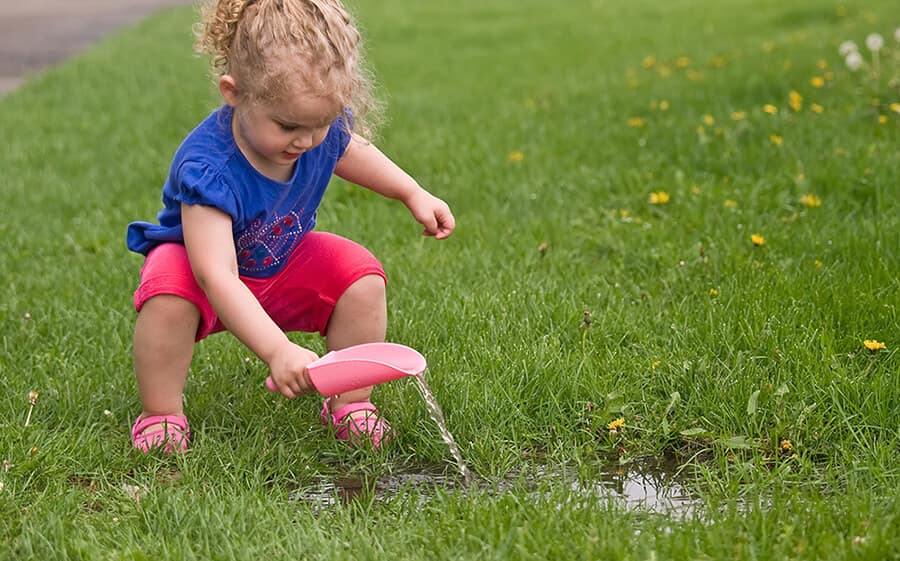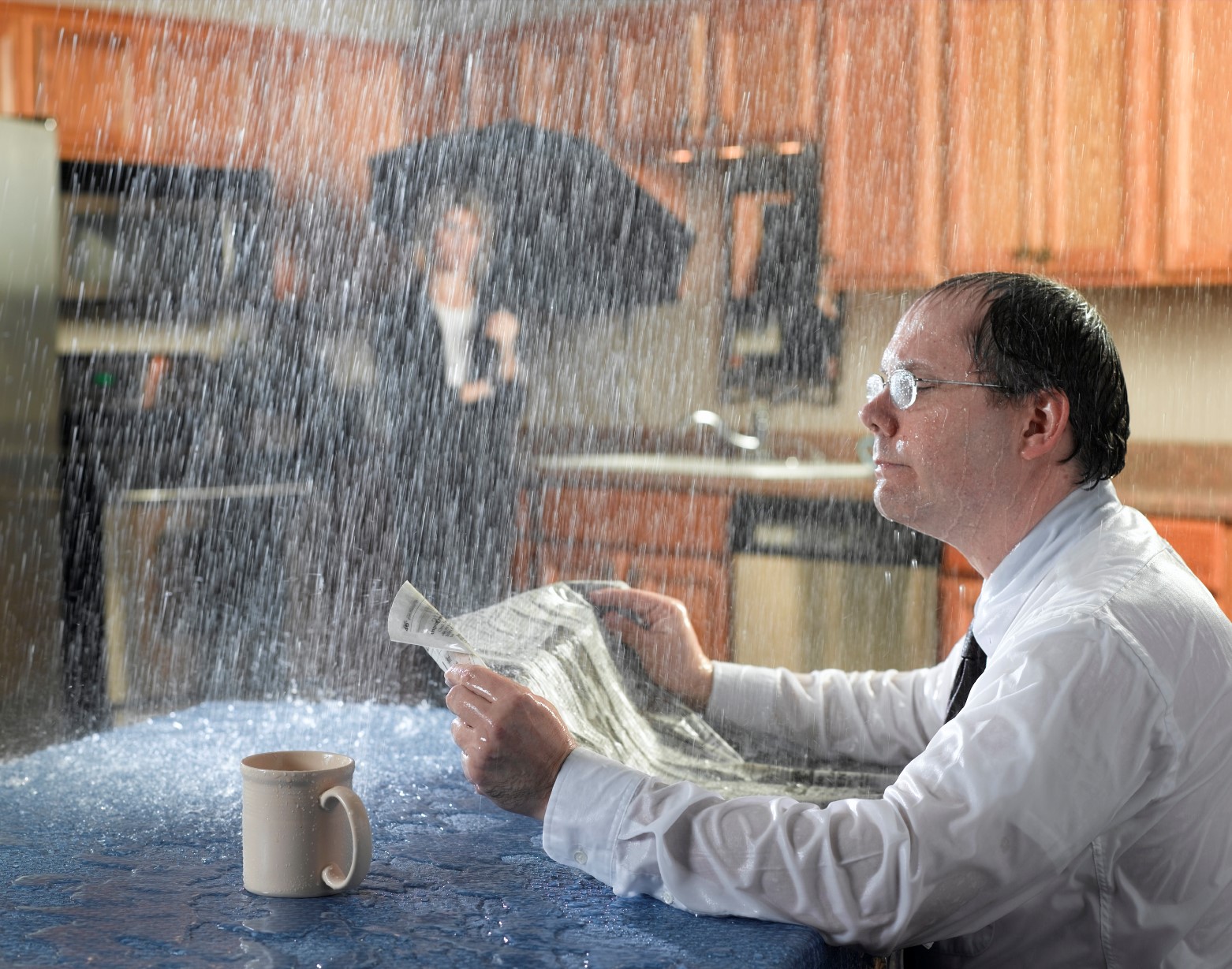Your House's Principal Typical Factors of Leakage: In-Depth Analysis
Your House's Principal Typical Factors of Leakage: In-Depth Analysis
Blog Article
The article author is making several great points regarding Common Water Leaks In House as a whole in the article beneath.

Leaks not just trigger waste of water yet can also trigger unneeded damages to your house and also advertise undesirable organic growth. By looking and also understanding for daily circumstances that create leaks, you can shield your home from future leaks as well as unnecessary damage.
Instantaneous temperature level modifications.
Extreme temperature changes in our pipelines can cause them to increase and also acquire unexpectedly. This growth and contraction may trigger fractures in the pipelines, especially if the temperature level are below cold.
Corroded water systems
This may be the reason of discoloration or warping on your water pipes. If our plumbing system is old, take into consideration changing the pipes because they are at a higher danger of deterioration than the more recent models.
Faulty Pipeline Joints
Pipeline joints can deteriorate over time, resulting in water leaks. If you have noisy pipes that make ticking or banging sounds, particularly when the warm water is turned on, your pipeline joints are most likely under a whole lot of stress.
Elbowing in origins
The majority of water leakages begin outside your house as opposed to inside it. If you observe an unexpected reduction in water pressure, say in your faucet, require time to head out as well as examine your backyard. You could discover wet spots or sinkholes in your lawn, and that could indicate that tree roots are invading water lines causing water to seep out. You can have your plumber look for breach, specifically if you have trees or hedges near your building.
Poor Water Connectors
Sometimes, a leak can be triggered by loosened hose pipes and also pipes that supply your home appliances. Generally, changing is what creates the loose water Connections. You might find in the case of a washing maker, a pipe might spring a leakage as a result of trembling during the spin cycle. In case of a water connections leakage, you might notice water running directly from the supply line or pools around your devices.
Obstructed Drains
Clogged drains could be bothersome and also inconveniencing, but they can occasionally wind up causing an overflow causing break pipelines. Keep removing any kind of products that may drop your drains that could obstruct them to avoid such aggravations.
All the above are sources of leakages however not all water leakages result from plumbing leaks; some leaks may originate from roofing leakages. All leakages ought to be fixed right away to prevent water damage.
Leaks not only trigger waste of water but can likewise trigger unnecessary damage to your residence and also advertise undesirable natural development. By looking as well as comprehending for daily circumstances that create leaks, you can shield your residence from future leaks as well as unnecessary damages. Today, we will certainly look at 6 leak triggers that might be creating your pipelines to trickle.
At times, a leak can be created by loose hose pipes and also pipes that provide your devices. In instance of a water connections leakage, you may observe water running straight from the supply line or puddles around your devices.
How To Check For Water Leak In Your Home
How To Check for Leaks
The average household's leaks can account for nearly 10,000 gallons of water wasted every year and ten percent of homes have leaks that waste 90 gallons or more per day. Common types of leaks found in the home are worn toilet flappers, dripping faucets, and other leaking valves. These types of leaks are often easy to fix, requiring only a few tools and hardware that can pay for themselves in water savings. Fixing easily corrected household water leaks can save homeowners about 10 percent on their water bills.
To check for leaks in your home, you first need to determine whether you're wasting water and then identify the source of the leak. Here are some tips for finding leaks:
Take a look at your water usage during a colder month, such as January or February. If a family of four exceeds 12,000 gallons per month, there are serious leaks.
Check your water meter before and after a two-hour period when no water is being used. If the meter changes at all, you probably have a leak.
Identify toilet leaks by placing a drop of food coloring in the toilet tank. If any color shows up in the bowl after 10 minutes, you have a leak. (Be sure to flush immediately after the experiment to avoid staining the tank.)
Examine faucet gaskets and pipe fittings for any water on the outside of the pipe to check for surface leaks.
Undetected water leaks can happen without the home or business owner even realizing. If you suspect a water leak, but not able to find the source. It is time to contact a professional water leak detection service, The Leak Doctor.
How To Find a Water Leak In Your Home
https://www.leakdoctor.com/blog/How-To-Check-For-Water-Leak-In-Your-Home_AE197.html

Hopefully you enjoyed our post on Most Common Causes of Leaky Pipes. Thank you for taking time to read our piece. Loved our blog posting? Please share it. Let someone else find it. Thanks a bunch for your time. Kindly check up our website back soon.
Burst pipe? Phone! Report this page